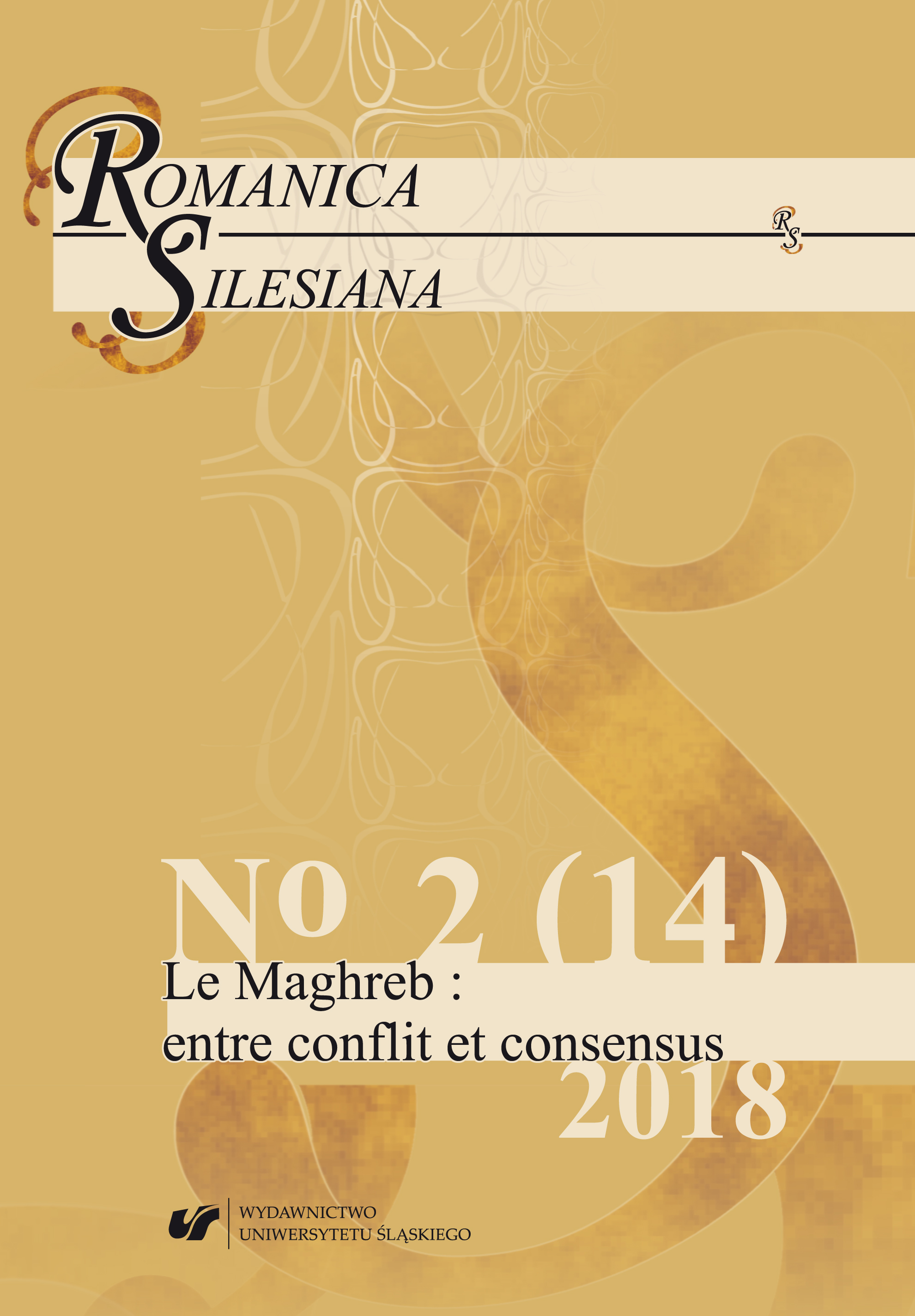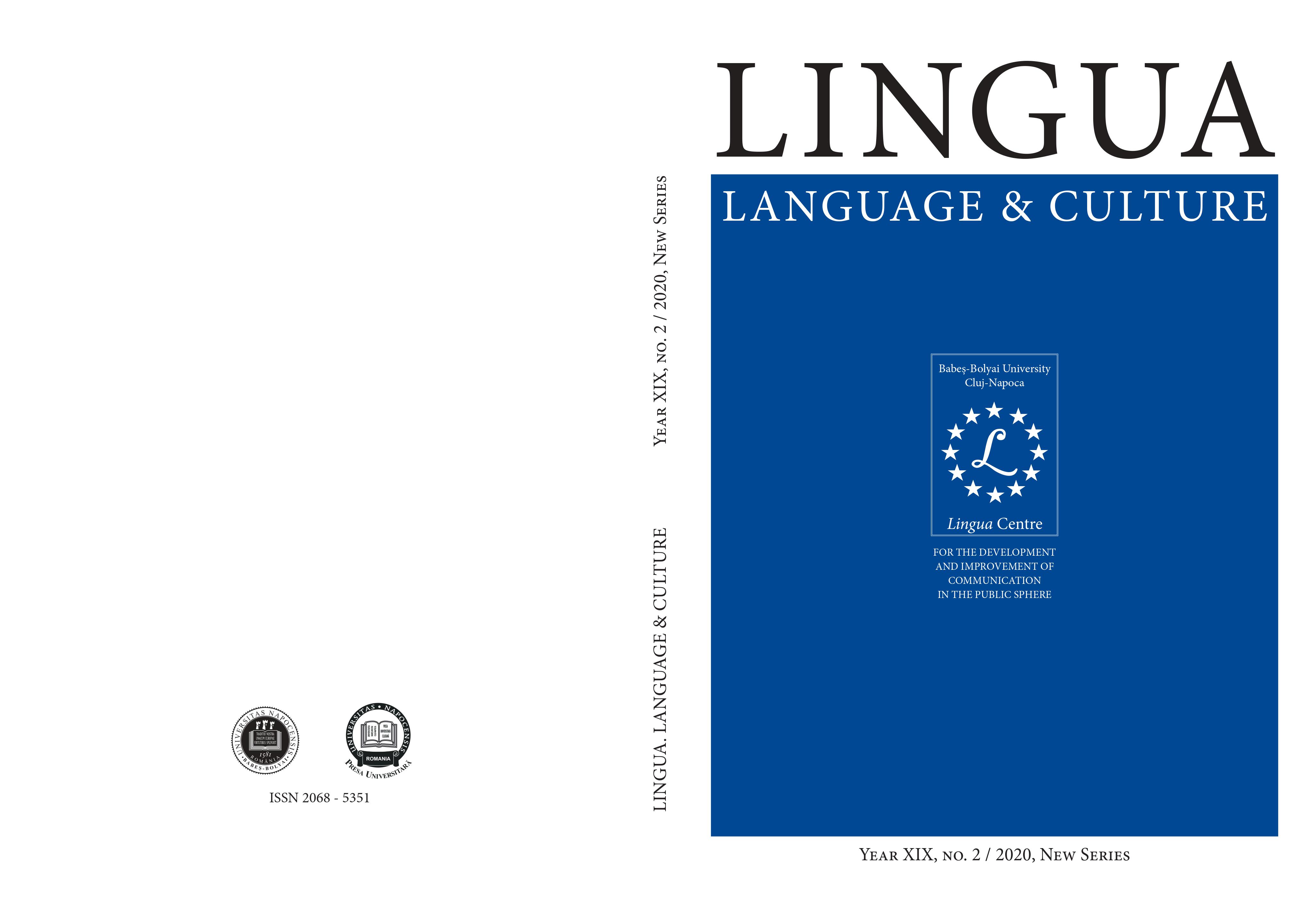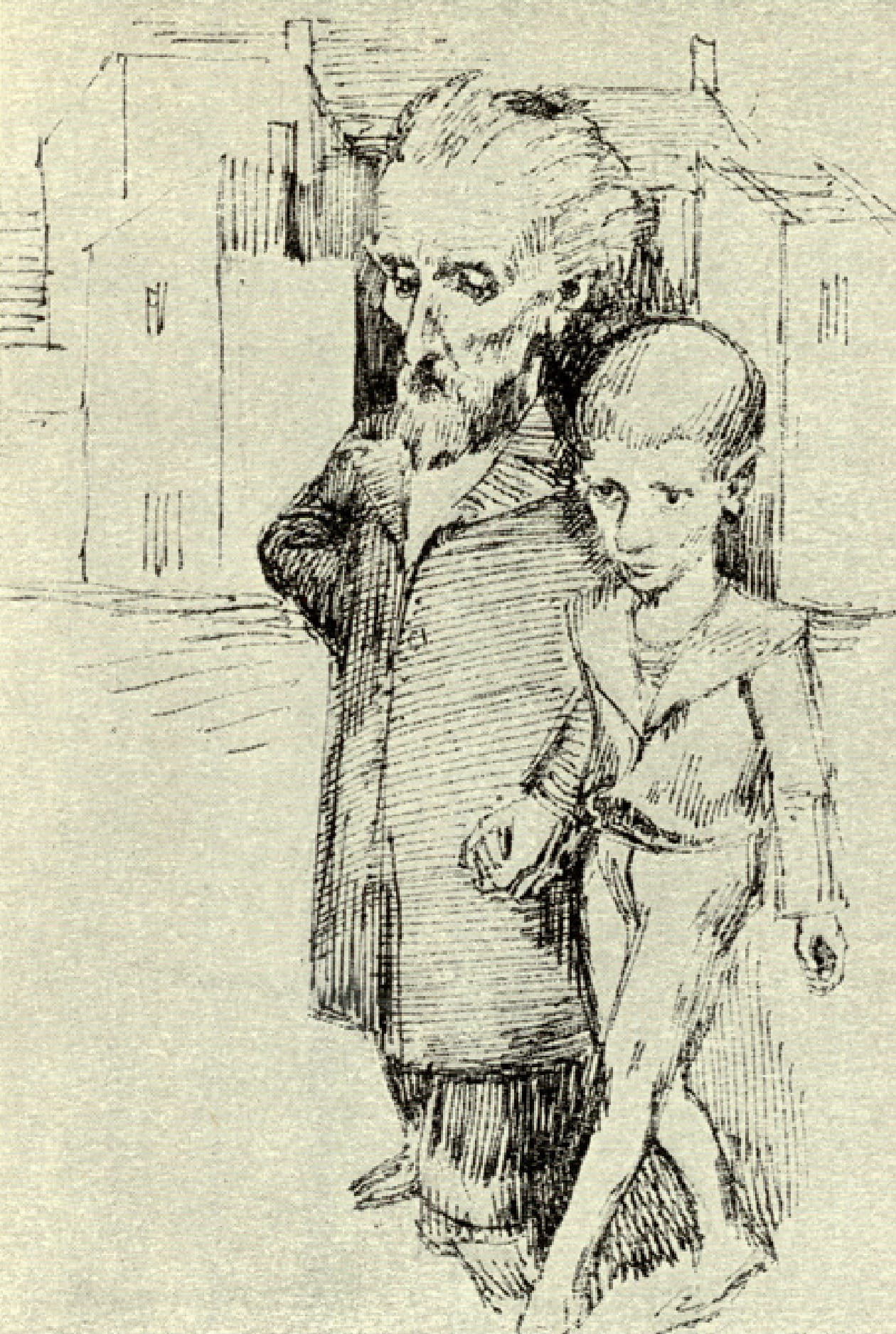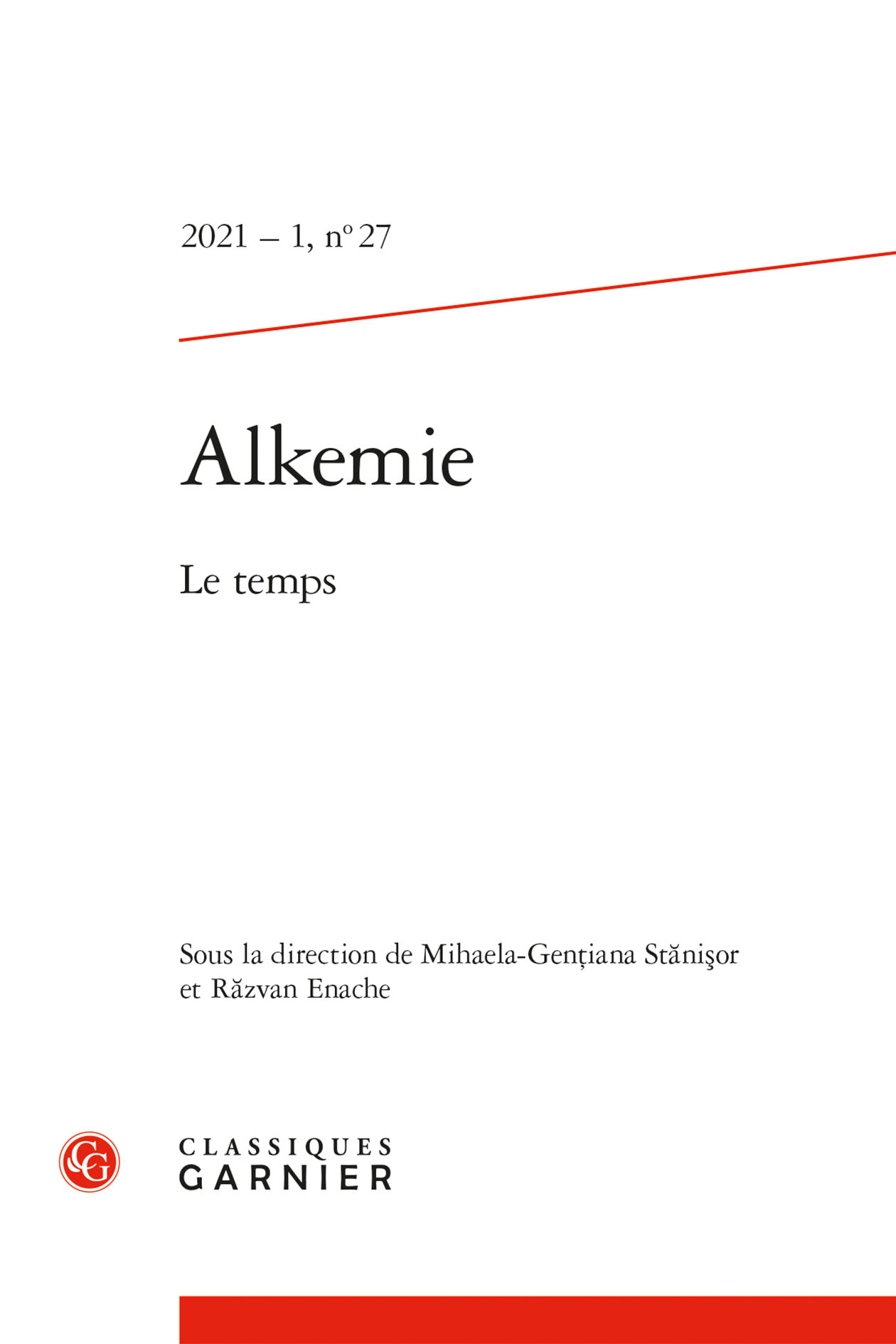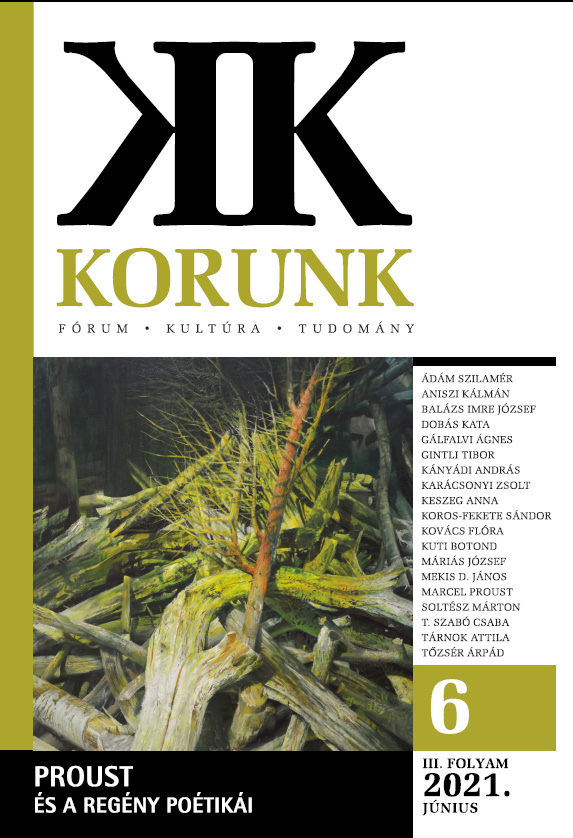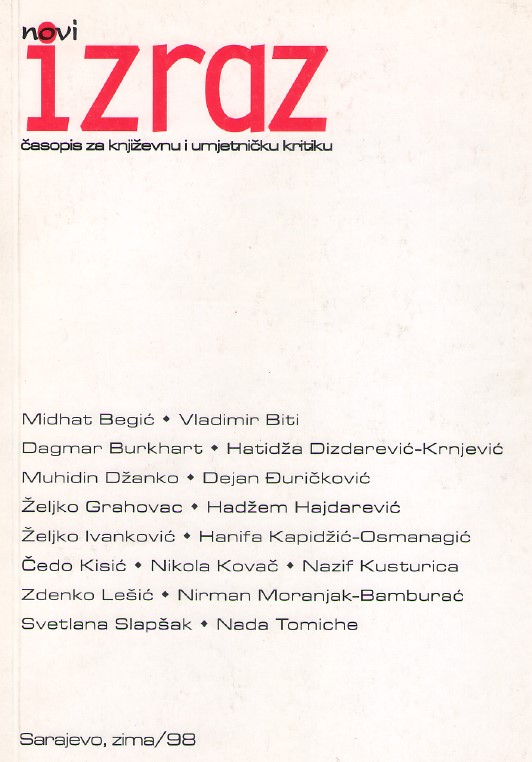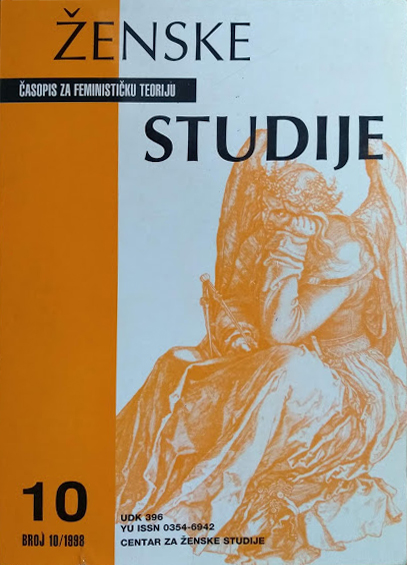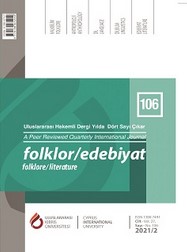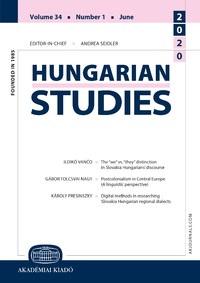Author(s): Murat Kalelioğlu / Language(s): English
Issue: 106/2021
Literature is one of the most important representations of the artistic field, which is constructed by an extraordinary sequence of verbal and nonverbal signs. Short story is one of the genres of this area in which encountering various kinds of signs is possible through the production process. There are umpteen signs in relation to the attitudes of narrative persons in such stories. In such short story narratives, which are a linguistic message, many indications about the behavior and attitudes of the narrator can be encountered. These indicators are behavioral-emotional indicators that reveal the mood of narrative figures such as joy, enthusiasm, sadness, crying, hugging, and hugging. Nonverbal signs, sometimes, do not make sense alone. However, they are meaningful when they are used in a particular context to support the verbal signs, which displays contribution of the nonverbal signs to the meaning established with the verbal signs. What is significant here is the harmony of using nonverbal signs in conjunction with the verbal ones. If that congruence exists, the produced message becomes stronger and increases its effect; otherwise, the power and impact of the message decrease. Hence, the message becomes meaningless. In this study, how the affective domain of discourse is produced in short stories, and the contribution of nonverbal signs in the construction of meaning and emotional field is investigated. The research is carried out pursuant to the possibilities offered by semiotics of discourse approach, which explores and clarifies the inner world of the subject of enunciation, who produces discourse, the changing mood, and the forms of expressions of the subject in different situations and events in narratives. Throughout the study, affective domain of discourse and the stages of it –affective awakening stage, disposition stage, passional pivot stage, emotion stage, and moralization stage– are examined pursuant to semiotics of discourse approach, elaborated by Jacques Fontanille, who is one of the representatives of Paris School of Semiotics.
More...
